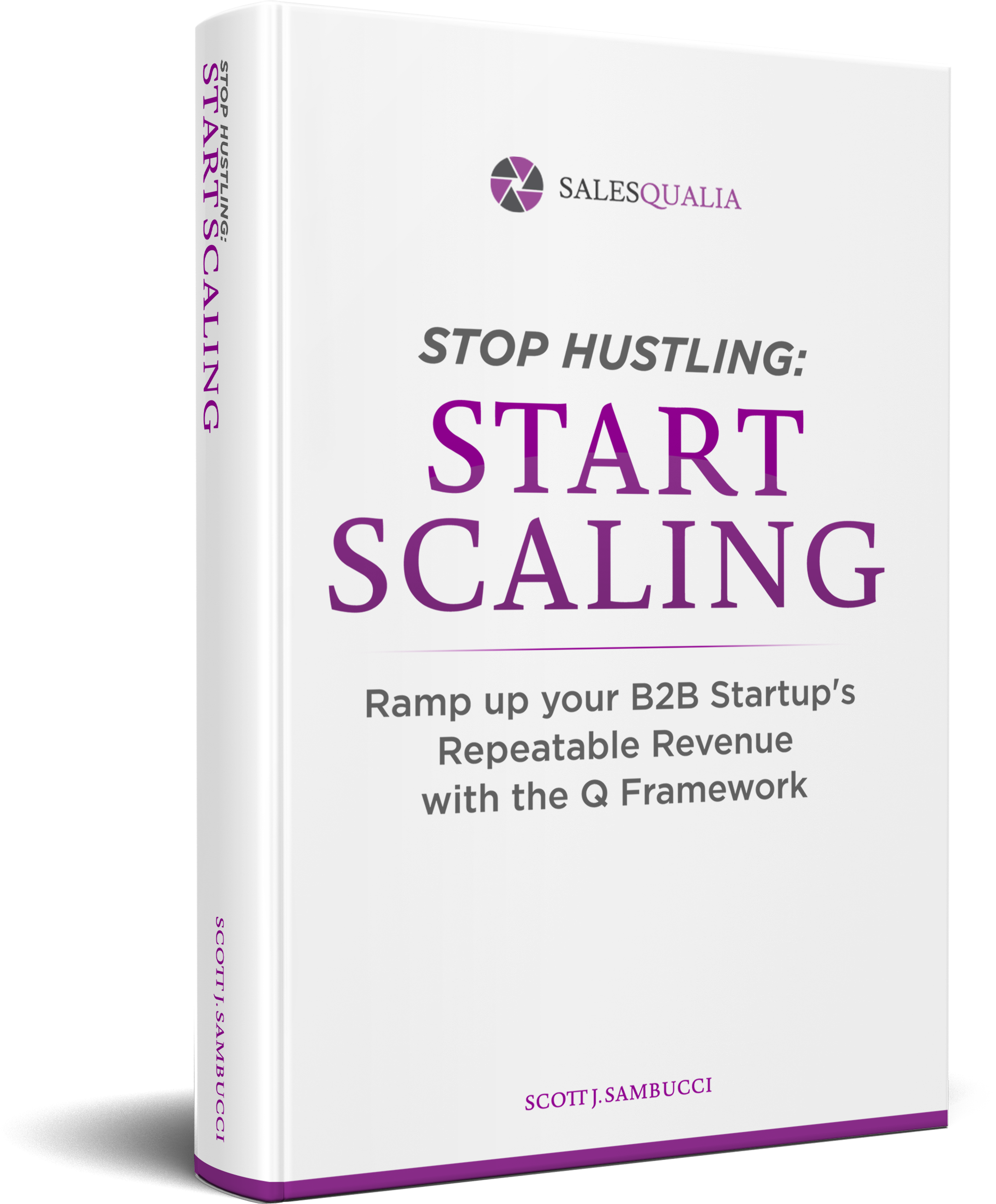29, 2019

The Five P’s of Buyer-Problem Qualification
As you are working with each buyer and stakeholder at your target customer, map them to the buyer-problem qualification diagram to determine involvement to solving the problem, and how severe they view the problem to be at their company.
5 P’s to problem identification
1. Person: Begin by identifying the buyer you’re working with—what is their role within the company, and how are they affected by the business issue that you are attempting to solve with your product?
2. Problem: Using the diagram in Figure 4, ask yourself, “Does the person think that the problem exists?” This is determining whether the buyer thinks there is a problem worth solving.
3. Perception: Once you determine that the buyer agrees that the business problem exists, the next question is, “How big is the problem?”—meaning, do they think the problem is small or Large?
4. Proximity: Next, identify how close each buyer is to the problem. Is the problem something that affects them and their teams every day and they feel the pain of it severely, or is the problem one that affects them from afar?
5. Perspective: Finally, during your sales conversations with your target buyers, learn how each buyer thinks the problem should be solved. For example, is this a problem for which they should work with an outside partner, such as yourself, or try to solve the problem internally? Or is their perspective to do nothing because the problem isn’t worth the investment of company resources right now?
[Excerpt from my new book – “Stop Hustling, Start Scaling.”]
Download the ENTIRE Book here: http://bit.ly/2ISZxNA
